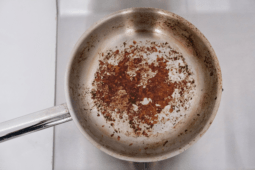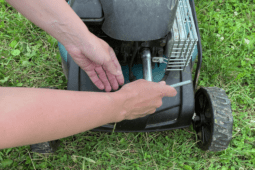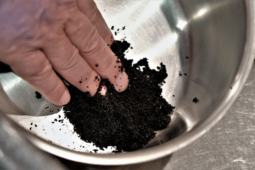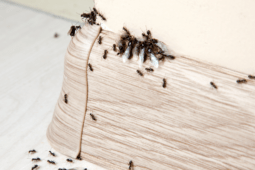The Dangerous Reason Why You Shouldn’t Lean Your Head Back During a Nosebleed
When a nosebleed strikes, many people instinctively tilt their heads back to stop the bleeding. It seems like a logical move to try and keep the blood from dripping down your face but this common reaction can actually do more harm than good. In fact, leaning your head back during a nosebleed can lead to dangerous consequences, including choking and blood entering your airways or stomach. Here’s why this widespread myth needs to be debunked and what you should do instead.
Why Leaning Your Head Back Is a Bad Idea
Tilting your head back doesn’t stop a nosebleed; it simply redirects the blood flow. Instead of exiting through your nostrils, the blood can run down the back of your throat. This can be problematic for several reasons. First, swallowing blood can irritate your stomach and cause nausea or vomiting. Second, in severe cases, blood can enter your airway, making it difficult to breathe and increasing the risk of choking.

The Risk of Blood Entering Your Lungs
When blood flows down the throat, there is a chance it could be aspirated into the lungs, especially if you’re breathing heavily. This can lead to coughing, discomfort, and even lung infections if blood pools in the respiratory tract. For people with certain medical conditions or weakened airways, this risk is even greater.

How to Properly Stop a Nosebleed
Instead of leaning your head back, follow these simple steps to safely and effectively stop a nosebleed:
- Stay upright and slightly tilt your head forward. This prevents blood from flowing down your throat while keeping it from dripping uncontrollably.
- Pinch your nostrils together. Use your thumb and index finger to firmly pinch the soft part of your nose just below the bridge. Hold this position for at least 10 minutes without releasing.
- Breathe through your mouth. This helps you stay calm and prevents accidental inhalation of blood.
- Apply a cold compress. Placing an ice pack or cold cloth on the bridge of your nose can constrict blood vessels and slow the bleeding.
- Avoid blowing your nose afterward. Blowing your nose too soon can disrupt the healing process and trigger another nosebleed.

When to Seek Medical Help
Most nosebleeds are harmless and stop within 15 minutes, but some cases require medical attention. You should seek help if:
- The bleeding lasts longer than 20 minutes.
- You experience frequent nosebleeds without an obvious cause.
- You have difficulty breathing due to the bleeding.
- The nosebleed follows a head injury or severe trauma.
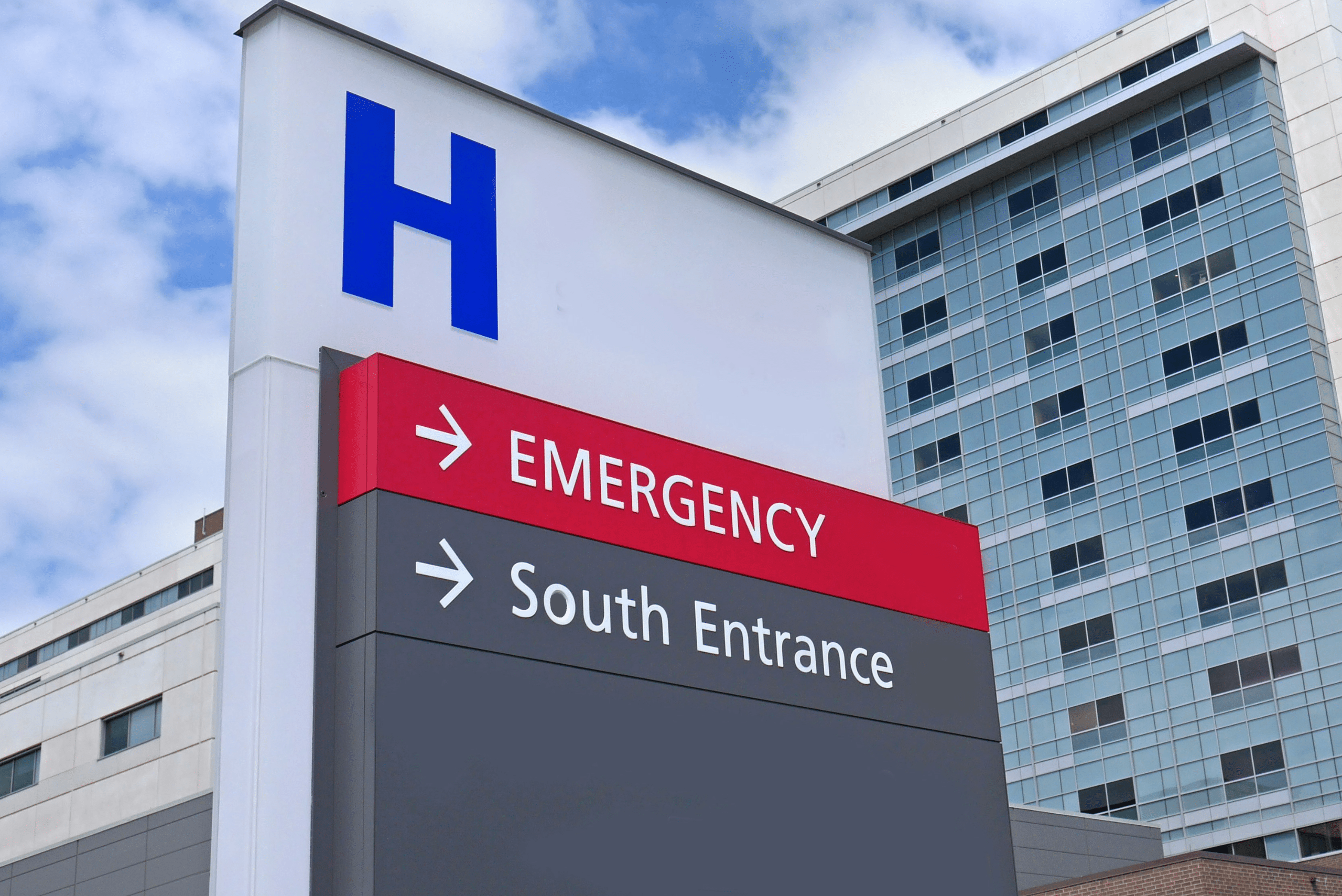
You May Also Like
- Ingenious Aluminum Foil Hacks That Will Make You Want To Stock Up!
- 5 Cooking and Food Prep Hacks to Simplify Your Time in the Kitchen
- Home Depot Hacks Employees Don’t Want You to Know for Big Savings
Leaning your head back during a nosebleed might seem like a quick fix, but it can actually make the situation worse. By tilting your head slightly forward and applying the correct pressure, you can safely stop the bleeding without risking further complications. Next time a nosebleed occurs, remember to use the right technique and share this knowledge to help others avoid a dangerous mistake.


